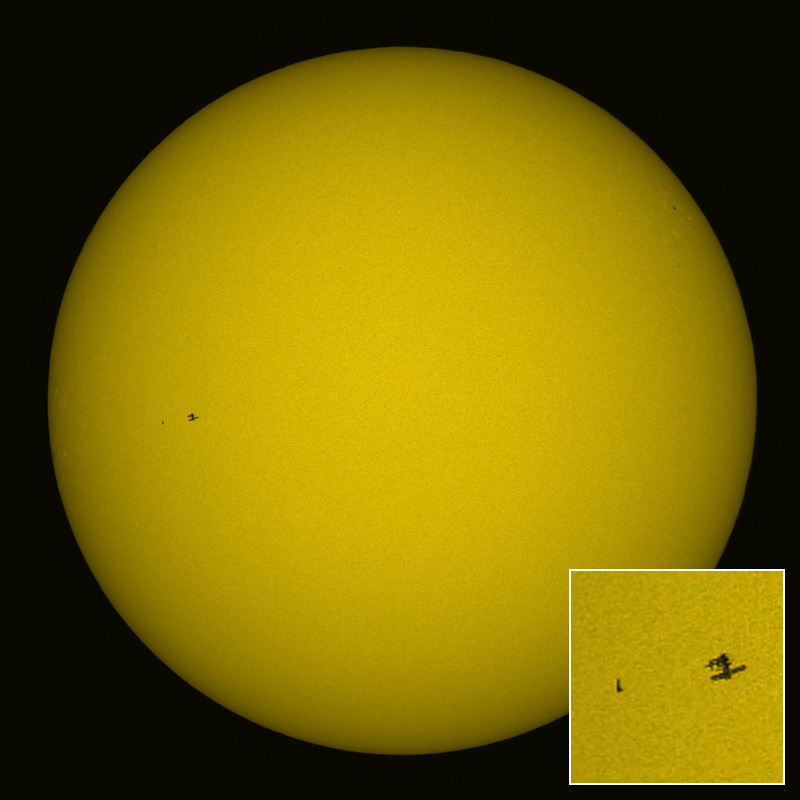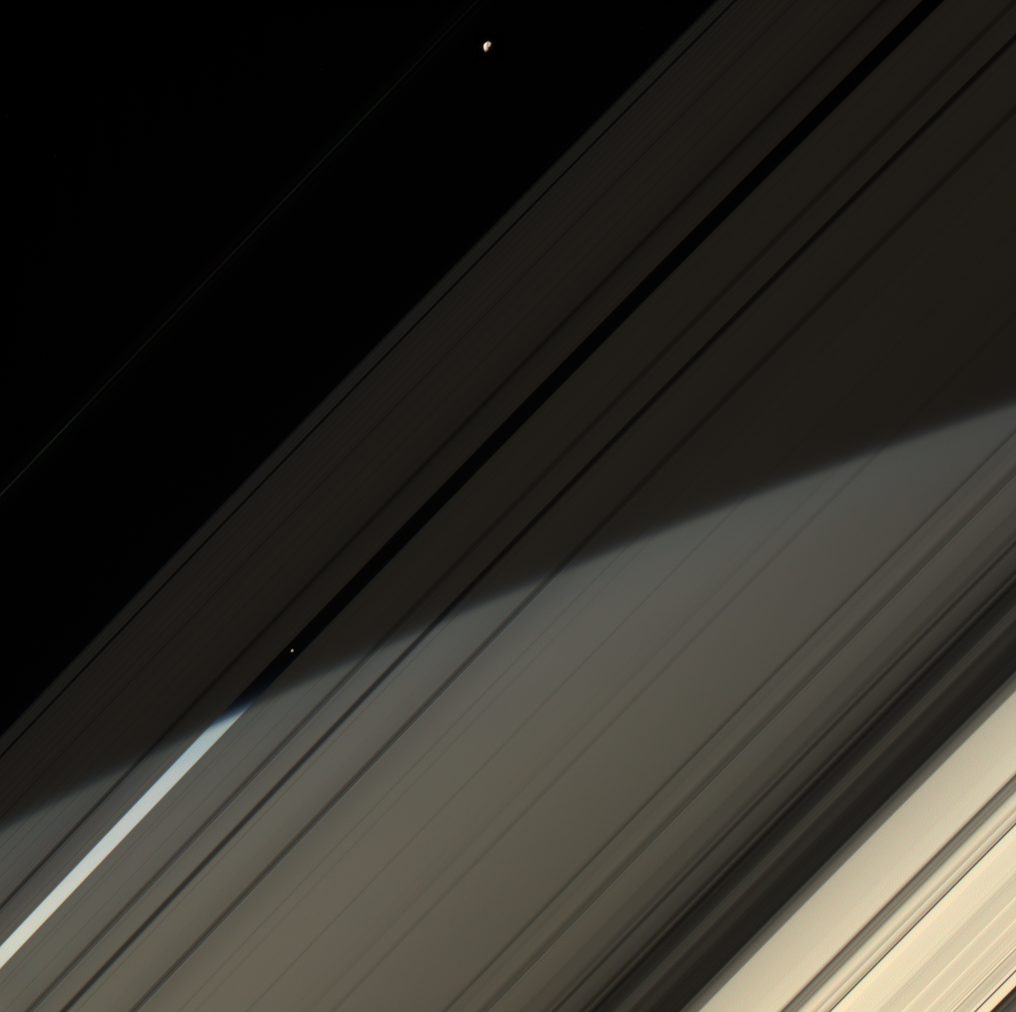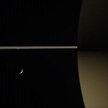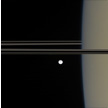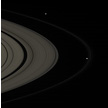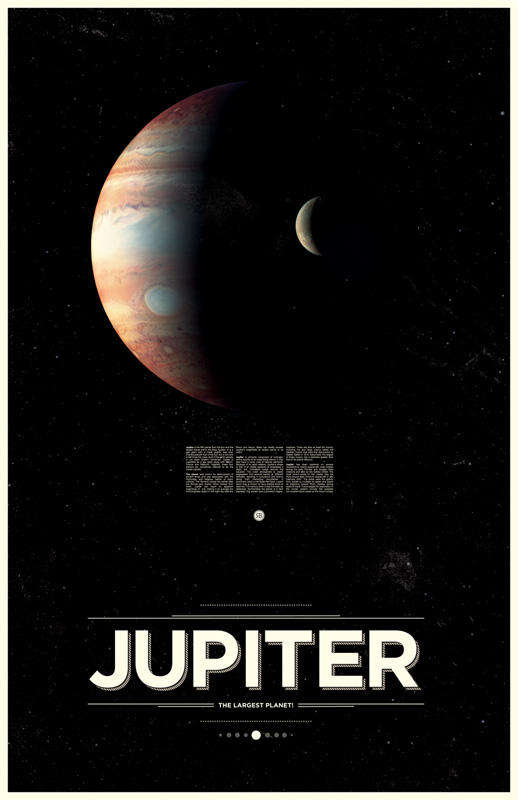 I had really always thought it would be so cool to do a poster set with great design for each of the planets. I actually started a design for the Cassini at Saturn mission, but have yet to complete it. Sure enough someone comes along and knocks the whole system out in one fantastic series. Beat me to it!
I had really always thought it would be so cool to do a poster set with great design for each of the planets. I actually started a design for the Cassini at Saturn mission, but have yet to complete it. Sure enough someone comes along and knocks the whole system out in one fantastic series. Beat me to it!
The funny thing about doing the whole Solar System is that you will not likely have too many takers for Uranus or even Pluto. But the design on some of these makes it pretty tempting to grab just for the overall design. I can’t wait to email Ross when New Horizons gets to Pluto and it looks nothing like what is shown here. A gorgeous inclusion of the hypothetical ring some expect to find when we get there, but where are the 3 moons?
I would be a fool to not include Saturn. The exclusion of the Galileans at Jupiter, no Charon on the Pluto poster and the absence of Titan here on the Saturn poster... I wonder if I sense a moon series coming? Put me down for a copy of Io.

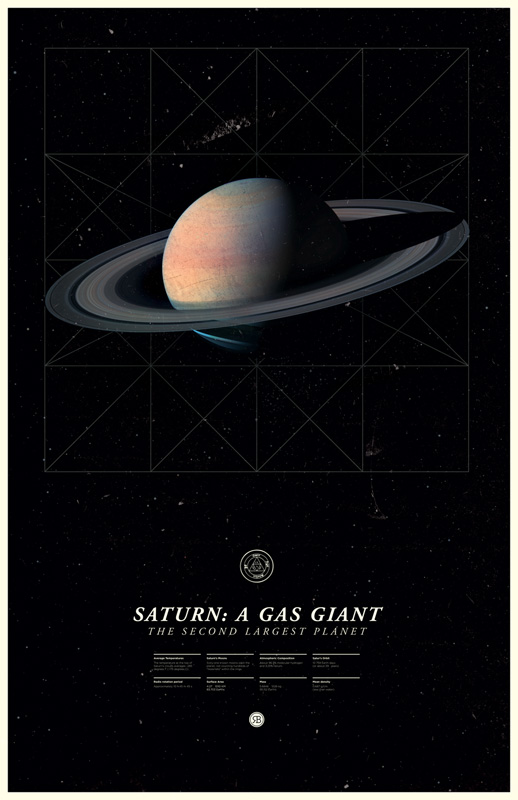


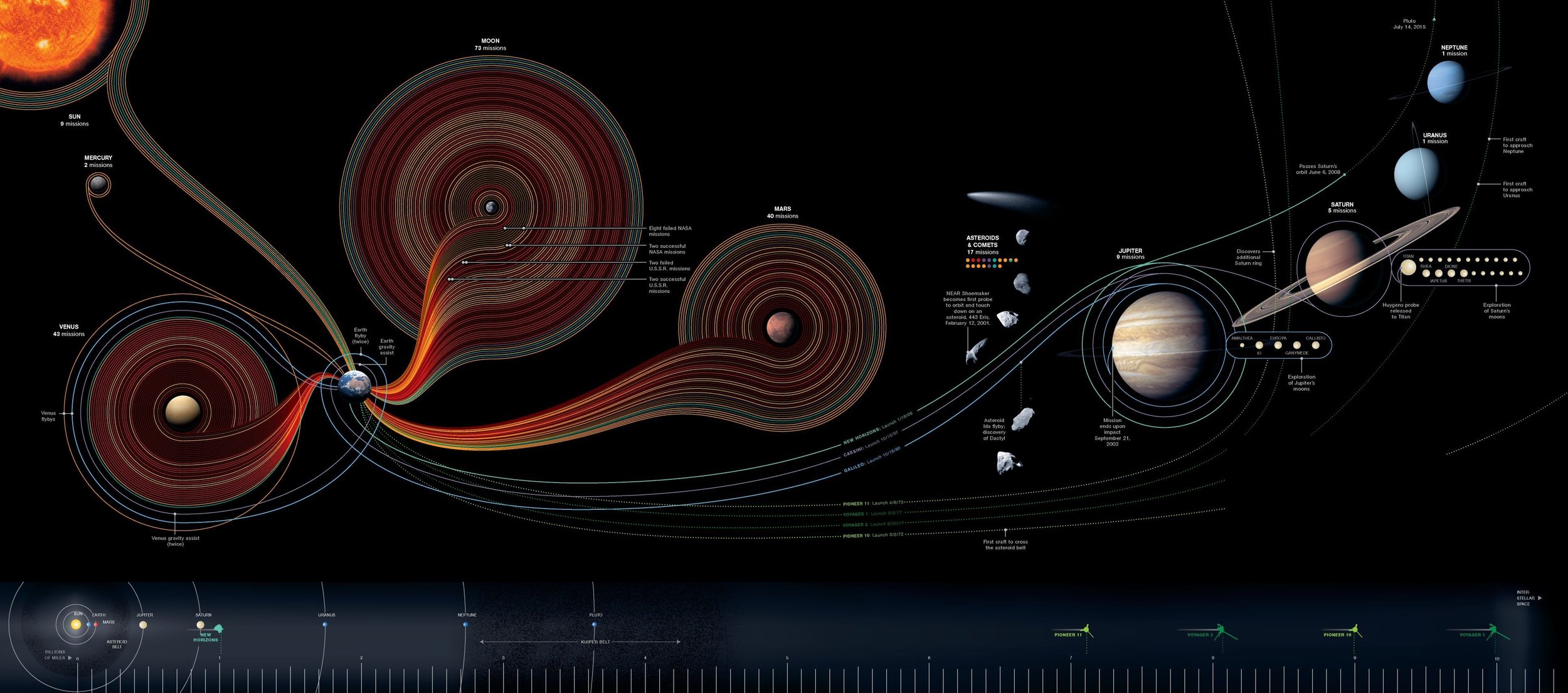



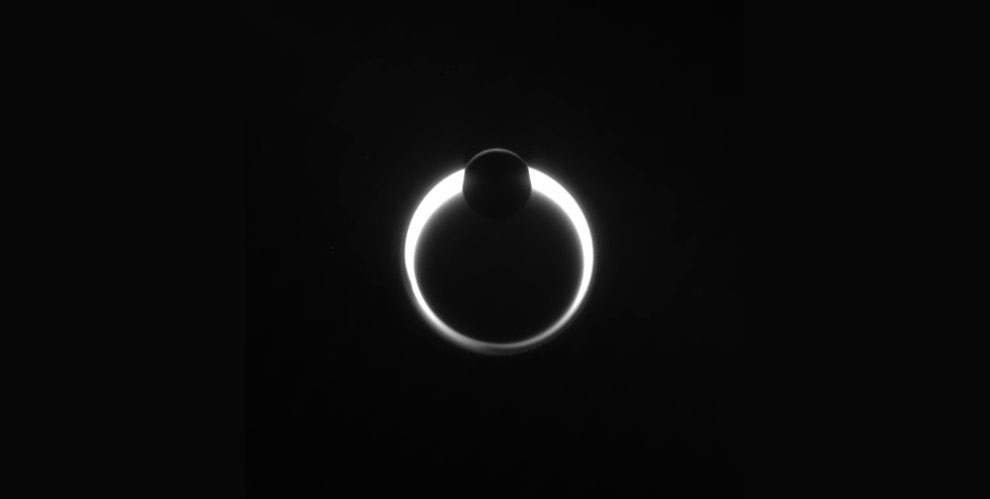
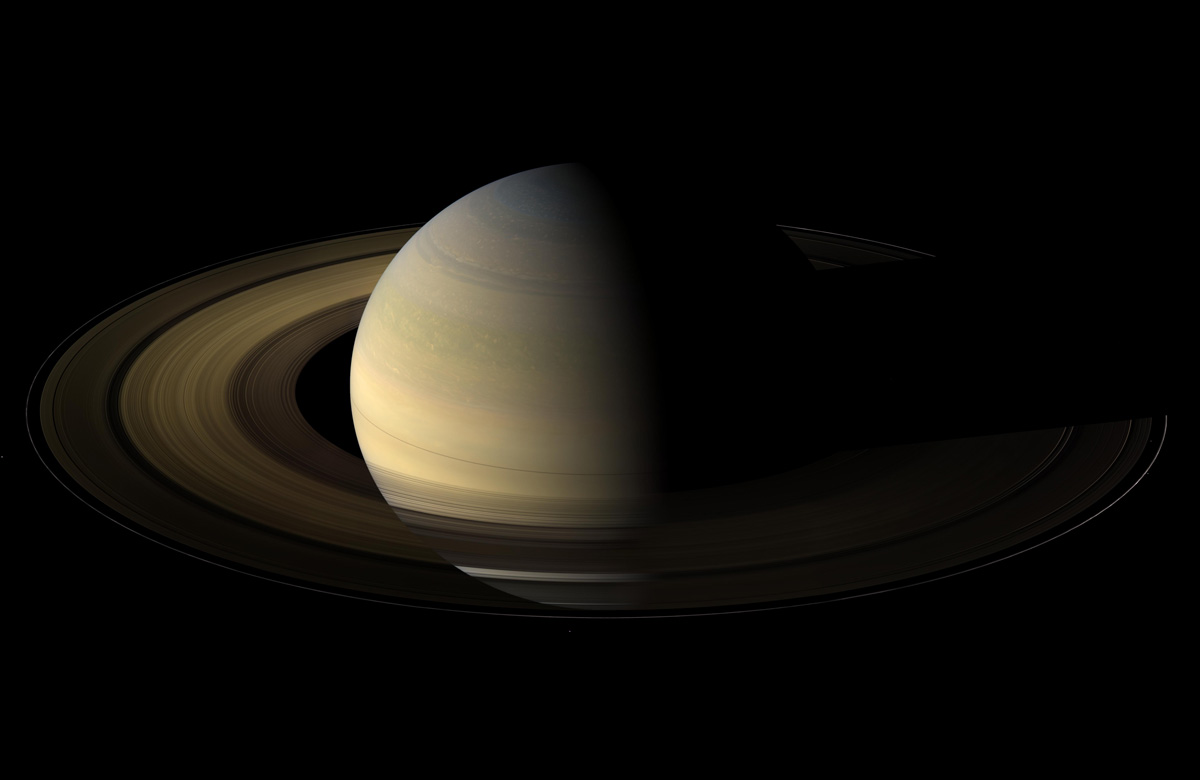
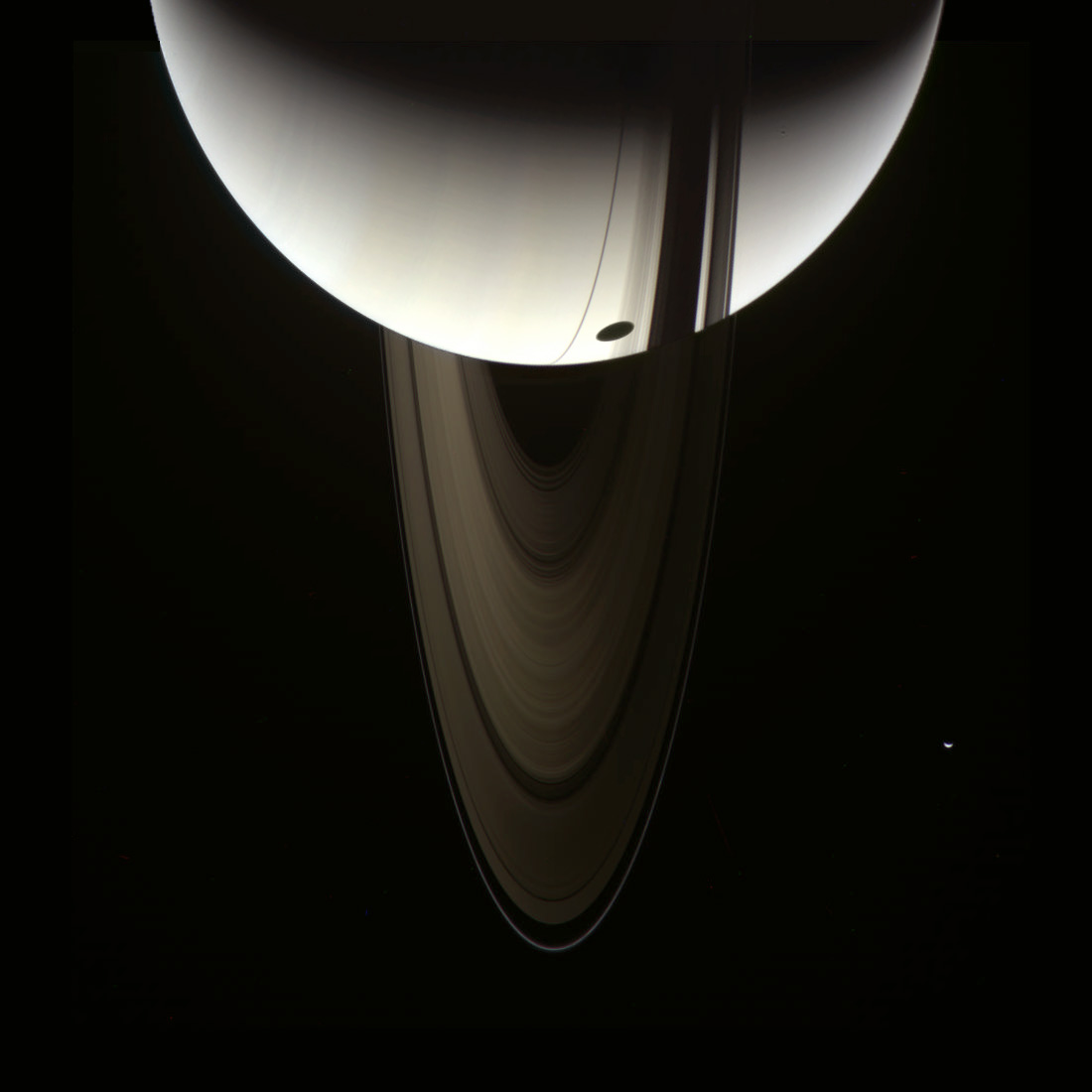


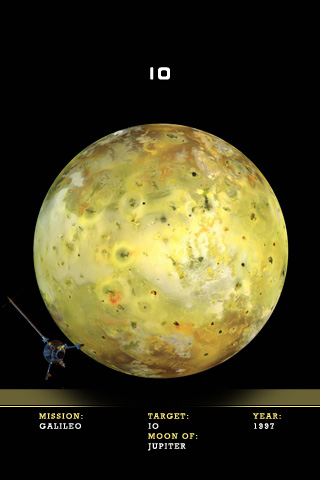

 This image taken by Thierry Legault has been making the rounds lately. That bit of a speck seen on the Sun’s lower-right limb is the shuttle on the way to perform it’s current Hubble repair mission. The spacecraft itself can be seen in much greater detail at left and another image of The Shuttle with The Hubble Space Telescope nearby can also be seen on Thierry’s website
This image taken by Thierry Legault has been making the rounds lately. That bit of a speck seen on the Sun’s lower-right limb is the shuttle on the way to perform it’s current Hubble repair mission. The spacecraft itself can be seen in much greater detail at left and another image of The Shuttle with The Hubble Space Telescope nearby can also be seen on Thierry’s website 